 | Recorded by: Jim Petranka, Bo Sullivan and Becky Elkin on 2024-04-27
Macon Co.
Comment: Adult was reared from a mine on American Hazelnut; mine on Sept 15, 2023; adult emerged on April 27, 2024 after overwintering in outdoor garage. |  | Recorded by: Jim Petranka, Bo Sullivan and Becky Elkin on 2024-04-27
Macon Co.
Comment: Adult was reared from a mine on American Hazelnut; mine on Sept 15, 2023; adult emerged on April 27, 2024 after overwintering in outdoor garage. |
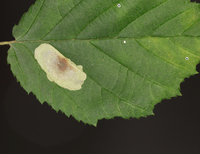 | Recorded by: Jim Petranka, Bo Sullivan and Becky Elkin on 2023-09-15
Macon Co.
Comment: An occupied mine on American Hazelnut (adult reared). | 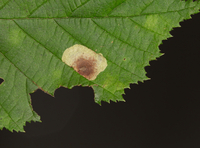 | Recorded by: Jim Petranka, Bo Sullivan and Becky Elkin on 2023-09-15
Macon Co.
Comment: |
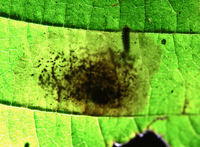 | Recorded by: Jim Petranka, Bo Sullivan and Becky Elkin on 2023-09-15
Macon Co.
Comment: | 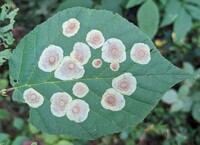 | Recorded by: Jeff Niznik on 2023-09-13
Durham Co.
Comment: |
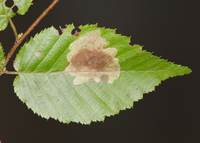 | Recorded by: Jim Petranka and Becky Elkin on 2023-08-31
Buncombe Co.
Comment: | 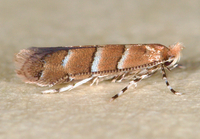 | Recorded by: Jim Petranka on 2023-03-20
Caldwell Co.
Comment: Mines on Sept 15, 2022; adult emerged on March 20, 2023 after overwintering in refrigerator. |
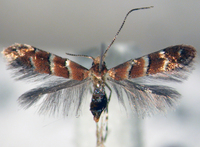 | Recorded by: Jim Petranka on 2023-03-20
Caldwell Co.
Comment: Mines on Sept 15, 2022; adult emerged on March 20, 2023 after overwintering in refrigerator. | 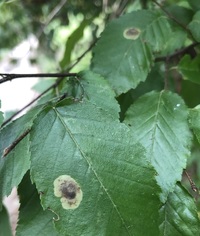 | Recorded by: Ken Kneidel on 2022-09-25
Mecklenburg Co.
Comment: |
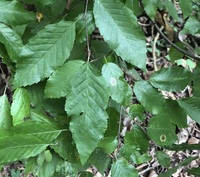 | Recorded by: Ken Kneidel on 2022-09-25
Mecklenburg Co.
Comment: | 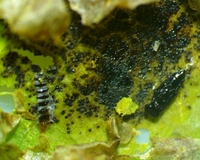 | Recorded by: Ken Kneidel on 2022-09-25
Mecklenburg Co.
Comment: |
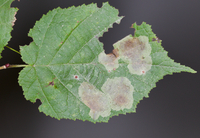 | Recorded by: Jim Petranka and Becky Elkin on 2022-09-15
Caldwell Co.
Comment: Occupied mines were on American Hazelnut. | 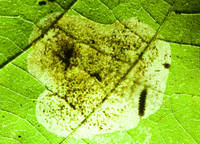 | Recorded by: Jim Petranka and Becky Elkin on 2022-09-15
Caldwell Co.
Comment: Occupied mines were on American Hazelnut. |
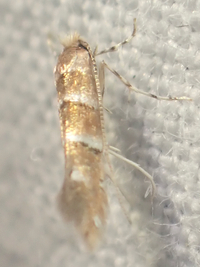 | Recorded by: tom ward on 2022-05-26
Buncombe Co.
Comment: | 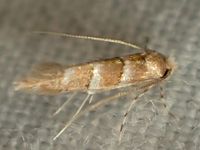 | Recorded by: tom ward on 2022-05-26
Buncombe Co.
Comment: |
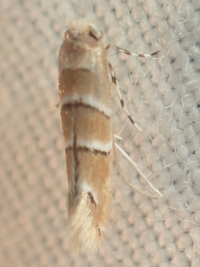 | Recorded by: tom ward on 2022-05-21
Buncombe Co.
Comment: | 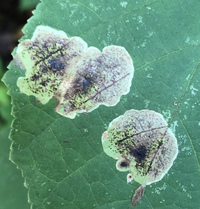 | Recorded by: Ken Kneidel on 2021-08-22
Burke Co.
Comment: Mines on American Hazelnut. |
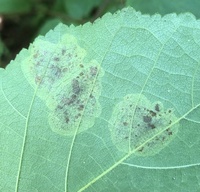 | Recorded by: Ken Kneidel on 2021-08-22
Burke Co.
Comment: Mines on American Hazelnut. | 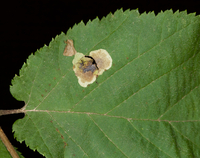 | Recorded by: Jim Petranka and Becky Elkin on 2021-07-22
Cherokee Co.
Comment: Unoccupied mine was on Beaked Hazelnut. |
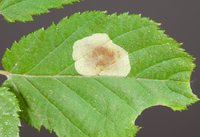 | Recorded by: Jim Petranka on 2021-06-15
Madison Co.
Comment: Occupied mine was on Beaked Hazelnut (Corylus cornuta) | 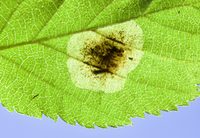 | Recorded by: Jim Petranka on 2021-06-15
Madison Co.
Comment: Occupied mine was on Beaked Hazelnut (Corylus cornuta) |
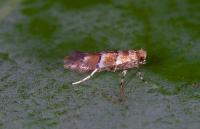 | Recorded by: Jim Petranka and Becky Elkin on 2020-07-10
Madison Co.
Comment: An adult that was reared from a mine on Beaked Hazelnut (Corylus cornutus). Mine was collected on 20 June; adult emerged on 10 July. | 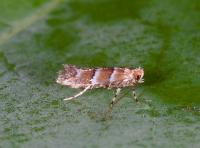 | Recorded by: Jim Petranka and Becky Elkin on 2020-07-10
Madison Co.
Comment: An adult that was reared from a mine on Beaked Hazelnut (Corylus cornutus). Mine was collected on 20 June; adult emerged on 10 July. |
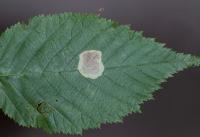 | Recorded by: Jim Petranka on 2020-06-25
Buncombe Co.
Comment: On American Hazelnut (Corylus americana) | 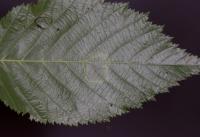 | Recorded by: Jim Petranka on 2020-06-25
Buncombe Co.
Comment: Underside of leaf of American Hazelnut (Corylus americana). |
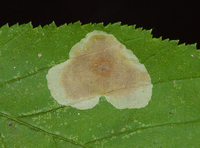 | Recorded by: Jim Petranka and Becky Elkin on 2020-06-20
Madison Co.
Comment: An active blotch mine on Beaked Hazelnut (Corylus cornuta). | 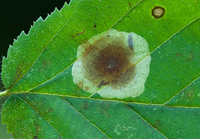 | Recorded by: Jim Petranka and Becky Elkin on 2019-08-25
Madison Co.
Comment: An upper surface blotch mine on Beaked Hazelnut (Corylus cornuta). Note the larva in the upper right region of the mine (see companion photo of the larva). |
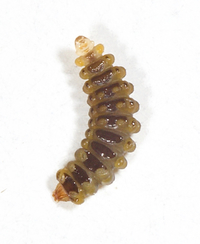 | Recorded by: Jim Petranka and Becky Elkin on 2019-08-25
Madison Co.
Comment: A larva that was removed from a surface mine. | 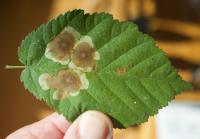 | Recorded by: Jim Petranka on 2019-08-11
Madison Co.
Comment: Three blotch mines on beaked hazelnut (Corylus cornuta). Each mine had a single larva. |
|

 »
»




























